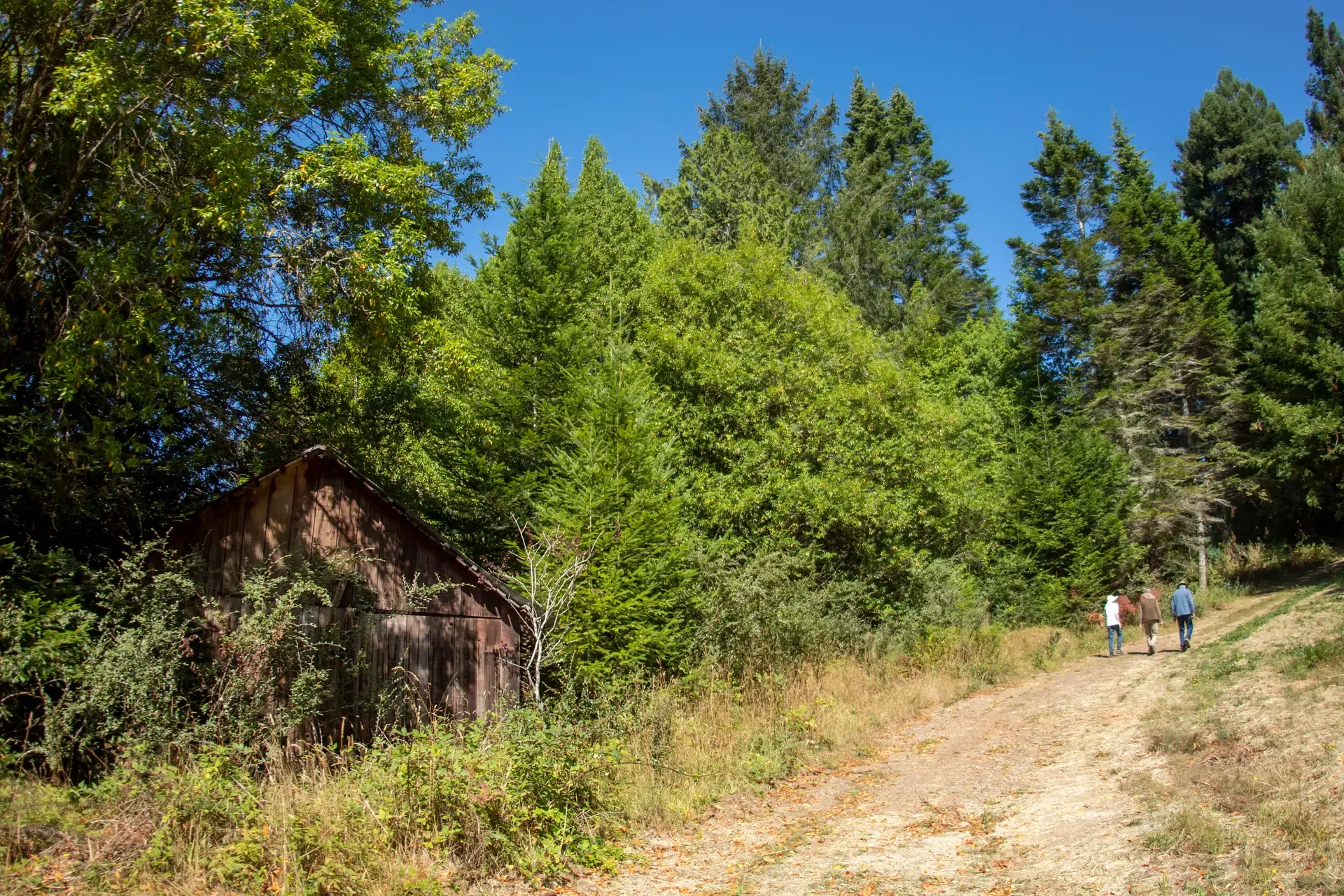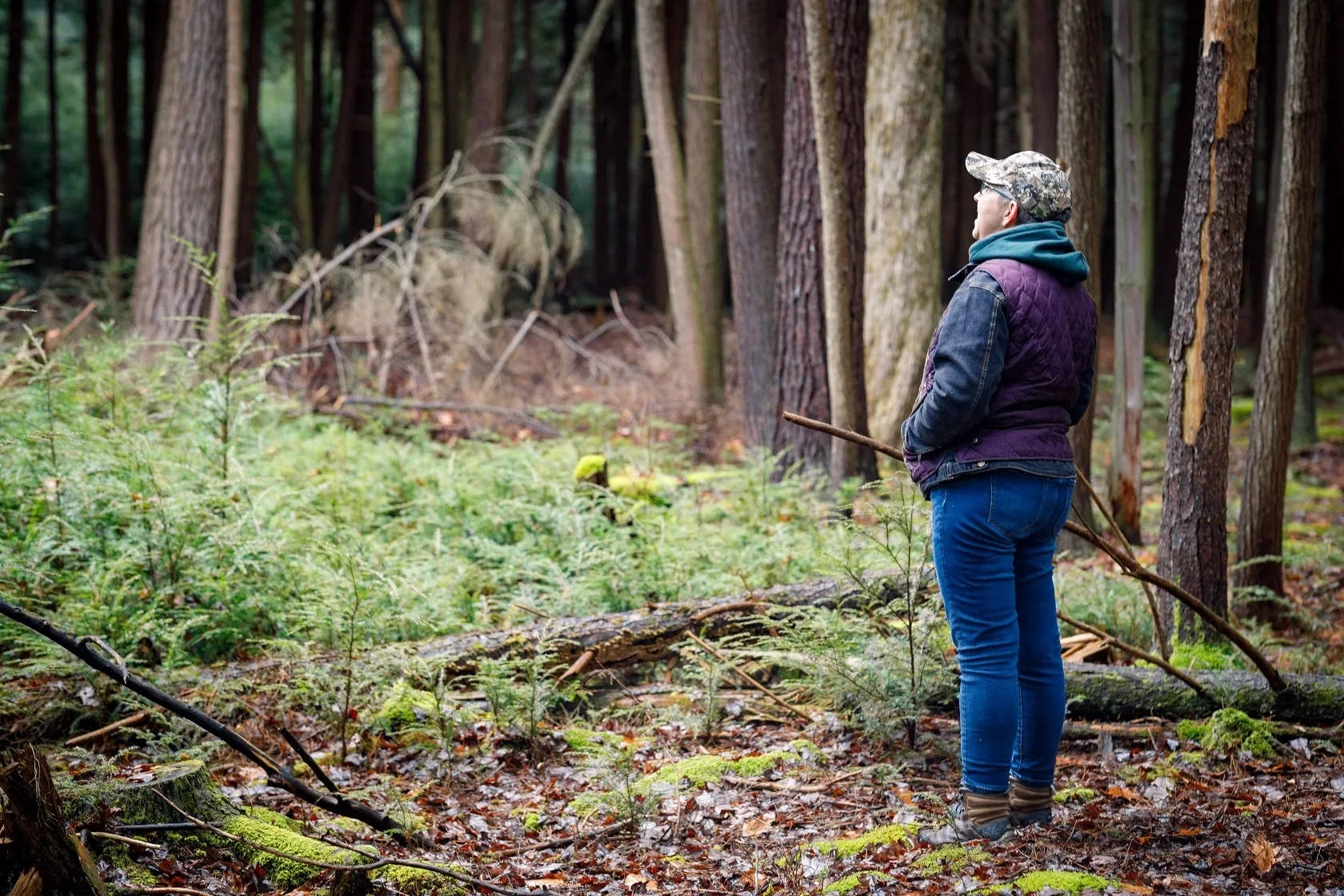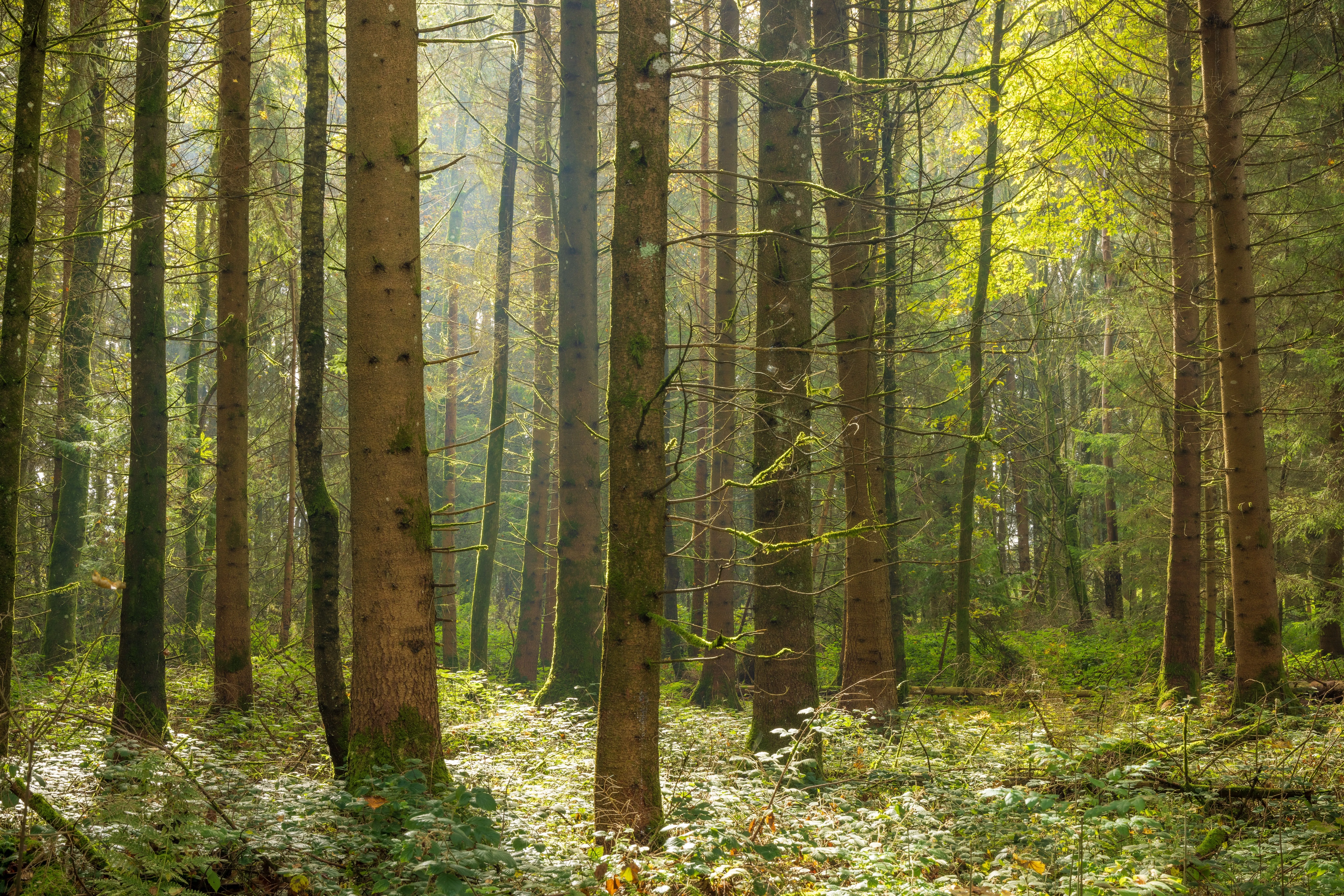AFF Senior Fellow Appointed to CARB

Tree Farm owned by Claire McAdams. Photo courtesy of The Buckeye Conservancy.
On Thursday, the California Air and Resources Board (CARB) announced David Ford, AFF Senior Fellow and family forest expert will serve on the newly established CARB Compliance Offset Task Force, a group created to provide guidance on the state’s offset protocols and projects.
Ford, with more than 40 years’ experience, specializes in forest carbon offset markets and is a part of the team designing and implementing AFF’s new Family Forest Carbon Program.
Recognizing Ford’s extensive experience and AFF’s family forest owner expertise, CARB choose Ford to bring a much needed voice for family forests to important conversations on how the state of California will implement its climate mitigation strategy.
A Q&A with AFF Senior Fellow, David Ford:
David Ford joined AFF’s Family Forest Carbon Program team in 2018, bringing a deep level of understanding of the science and technical elements of a carbon market to help create a successful yet cost-effective program for small family landowners.

Tell us about your background and experience in carbon markets.
I began my career as a professional forester, actually right in California. Since then I’ve worked in forestry for more than 40 years – in the government, business sector and non-profits. I got into the world of forest carbon in the mid-2000’s, and I’ve had the privilege of leading development of California ARB and American Carbon Registry (ACR) Improved Forest Management projects, totaling over 600,000 acres, which have successfully completed third-party verification, registry approval and sold carbon offsets.
I also co-authored the ACR’s improved forest management methodology creating opportunities for small family forestland owners’ and non-federal public lands to access forest carbon offset markets. Currently, I am the principal of L&C Carbon, a forest carbon project development company focused on creating carbon offset market opportunities for forest landowners. Not to mention, I myself am also a forest landowner, as a partner in 102 acres on the Big Island of Hawaii.
I joined the AFF Family Forest Carbon Program team because AFF is on the cutting edge of solving the dilemma of creating access for family forest owners into the growing carbon market, through a new innovative approach.
How can family forest owners help address our climate crisis?
Natural climate solutions represent some of our greatest opportunities to sequester and pull more carbon out of our atmosphere to help address climate change. Currently, our forests offset 11.3% of country’s annual emissions. Taking active steps to implement practices such as improved forest management and reforestation have the most potential of any natural climate solution. And they are solutions that can be implemented today and at a relatively low cost compared to many other emerging technologies.
Across the 766 million acres of forests in the U.S. that are available to be a part of these solutions, families and individuals own the largest portion – 36% of these land – more than the federal government, any particular state government or the corporate sector, making them a critical audience to any climate mitigation strategy.
Why have family forests, for the most part, been left out of California’s carbon markets?
Current carbon offset projects are complex and require a high upfront investment and ongoing costs from a landowner to participated in these markets. For the average small family landowner, who owns roughly 60 acres, and are generally not wealthy individuals, these costs are unsurmountable and often outweigh the carbon revenue.
Costs overall are often the biggest barrier for a landowner to take any action on their land to implement sustainable practices. Markets, whether traditional forest products markets or carbon markets allow landowners to bring in income and defray the costs of management. But without access to them, often landowner simply are not able to do much on their land, leaving a huge potential for climate mitigation on the table.
A pathway needs to be created for these landowners to participate in carbon markets that will allow them to earn income to conduct good forest management that removes and stores more carbon over time.
Why is it important to have family forests represented on the CARB Task Force?
There are more than 2.9 million acres of family-owned forestland in California, and only a small fraction of these land are participating in the Cap-and-Trade Program. This land base represents a significant opportunity to optimize natural carbon sequestration, as well as create more resilient forests in the face of the extreme wildfire situation and protect critical watersheds. It would be a significant gap to not include these lands in a carbon solution.
What can CARB and/or CA policymakers do to support forest owners in sequestering carbon?
One approach the Task Force should consider is AFF’s new Family Forest Carbon Program. This Program, a partnership of the American Forest Foundation and The Nature Conservancy, is a new innovative way to bring family forest owners into carbon markets and work with leading U.S. businesses, state and federal agencies to meet national climate goals.
The Family Forest Carbon Program offers family landowners incentive payments to implement science-based, sustainable forest management practices on their property that increase carbon sequestration and storage. These practices also provide co-benefits such as improved wildlife habitat, reduced wildfire risk, minimized soil erosion and long-term sustainability. Rather than the traditional carbon accounting, carbon monitoring and reporting in the Family Forest Carbon Program are done through a practice-based approach that reduces costs and ensures an overall accurate projection of the carbon removed from the atmosphere and stored in trees.
This ensures both that the program will generate an accurate estimate of the additional carbon removed and stored, and that the costs of monitoring and verification are low enough to allow landowners who own smaller parcel to participate.
This type of program would allow a significant portion of landowners in California, most of which live in economically depressed rural parts of the state to bring in income from their land and address climate mitigation.
Learn more about the Family Forest Carbon Program, and how innovation solutions such as this can help family forest owners take on a key role in solving our climate change challenges.
Related Articles

December 18, 2025
Improving Wildlife Habitat with the Family Forest Carbon Program
For many landowners, spotting a fox, songbird, or other wildlife on their property is one of the highlights of spending time on their land. In this post we look at some examples of management practices you may see in your FFCP forest management plan and how they help create the ideal conditions for certain wildlife species.

December 16, 2025
Family Forest Carbon Program's First Ever Credits Delivered to REI Co-op
Today, REI becomes the first buyer to receive carbon credits from the Family Forest Carbon Program (FFCP), a high-integrity forest carbon project designed for small-acreage landowners.

December 4, 2025
Forest Carbon Project Issued First Ever Credits
Conservation organizations the American Forest Foundation (AFF) and The Nature Conservancy (TNC) announced today the issuance of improved forest management (IFM) carbon credits to the Family Forest Carbon Program (FFCP) from standards setter Verra under its Verified Carbon Standard (VCS) Program. This marks the first issuance of credits produced using Verra’s VM0045 improved forest management (IFM) methodology, which was co-developed by Verra, AFF, TNC, and TerraCarbon.